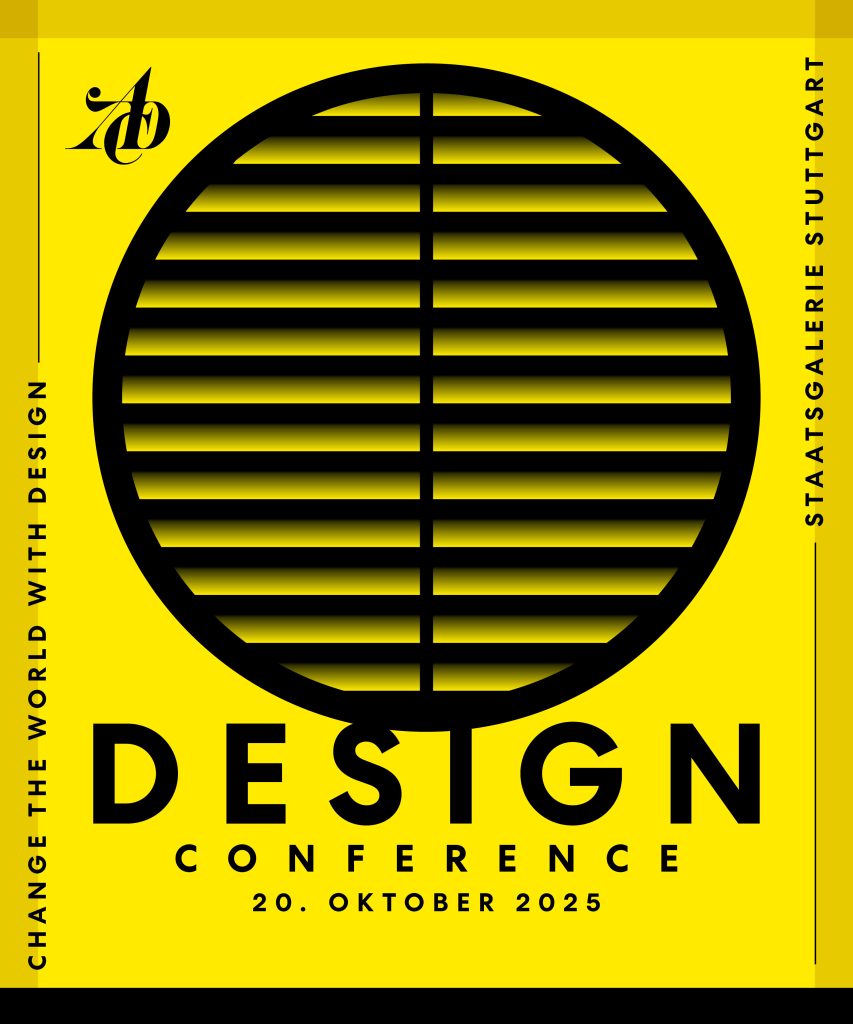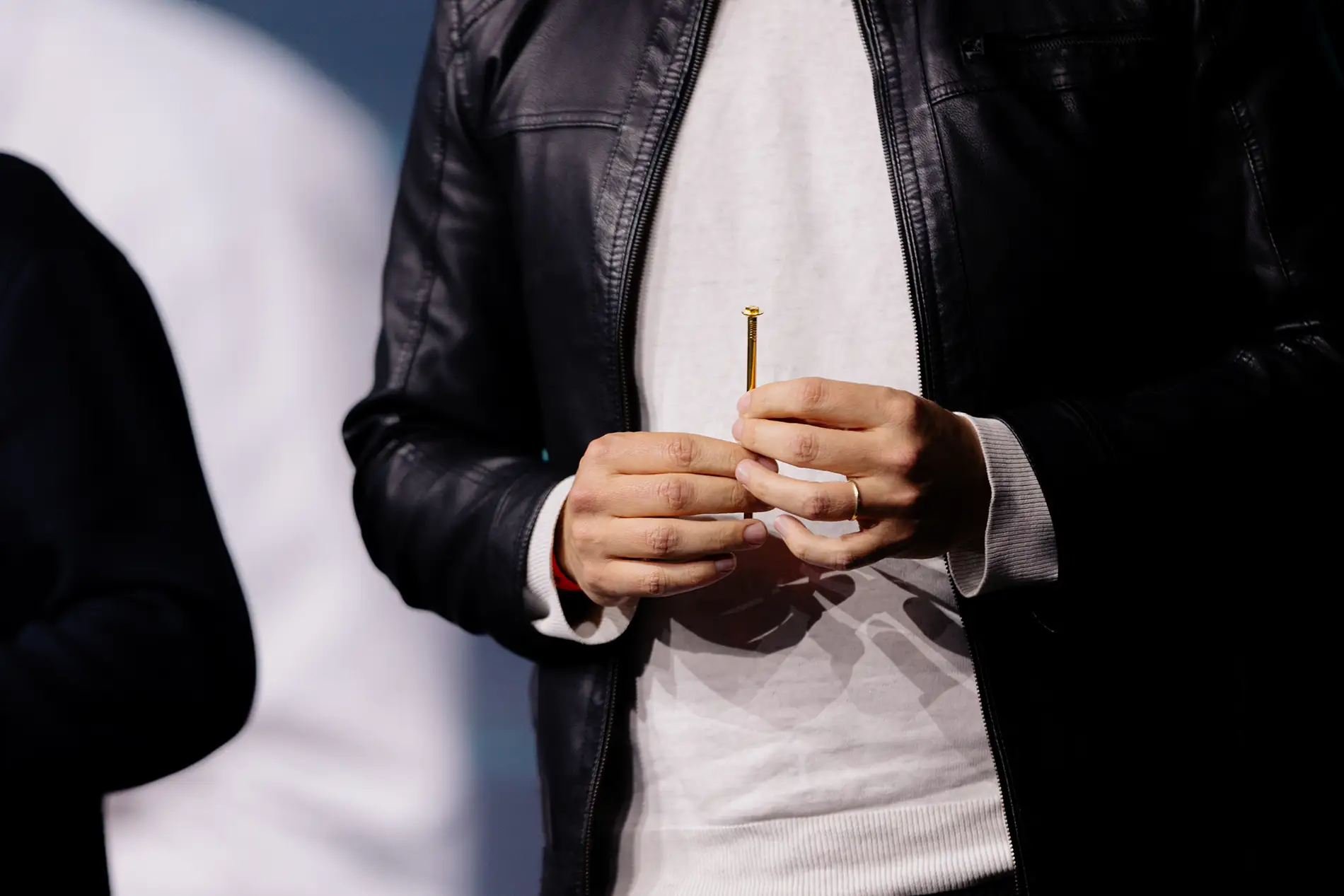From the outside, the ADC Festival is a perfectly staged creative stage: full halls, dazzling awards, panels every minute. But if you take a closer look - and listen - you can see that behind the usual festival façade, the club and the industry are noticeably struggling for new relevance. The motto "Leave Egos behind - Change the World with Creativity" was not just a buzzword, but an appeal - to designers, agencies and companies alike. The venue, Hamburg's Schuppen 52, with its rough harbor edge, provided the perfect backdrop for an industry that needs to reorganize itself: between technological acceleration, social responsibility and its own creative identity.
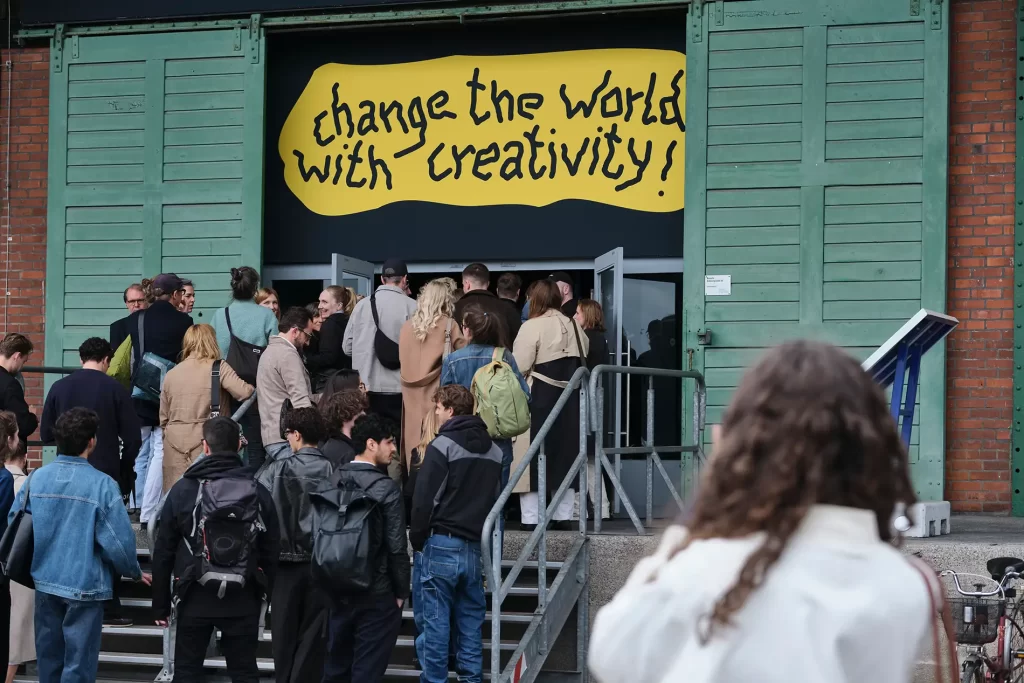
Fewer prices, more precision
This claim became particularly clear in the competition: the juries awarded around 24 percent fewer nails than in the previous year - an unusually strong correction. The reason: more rigor, more quality awareness, more responsibility. ADC board spokesman Burkhard Müller emphasized that excellent craftsmanship is all the more important in times of generative means. It is not only the idea that counts, but also its precise, credible and attitude-based implementation.
At first, this sounds like a familiar platitude. However, this year's Grand Prix shows that this is precisely the new benchmark: attitude is no longer an accessory, but a basic requirement - both in terms of design and communication.

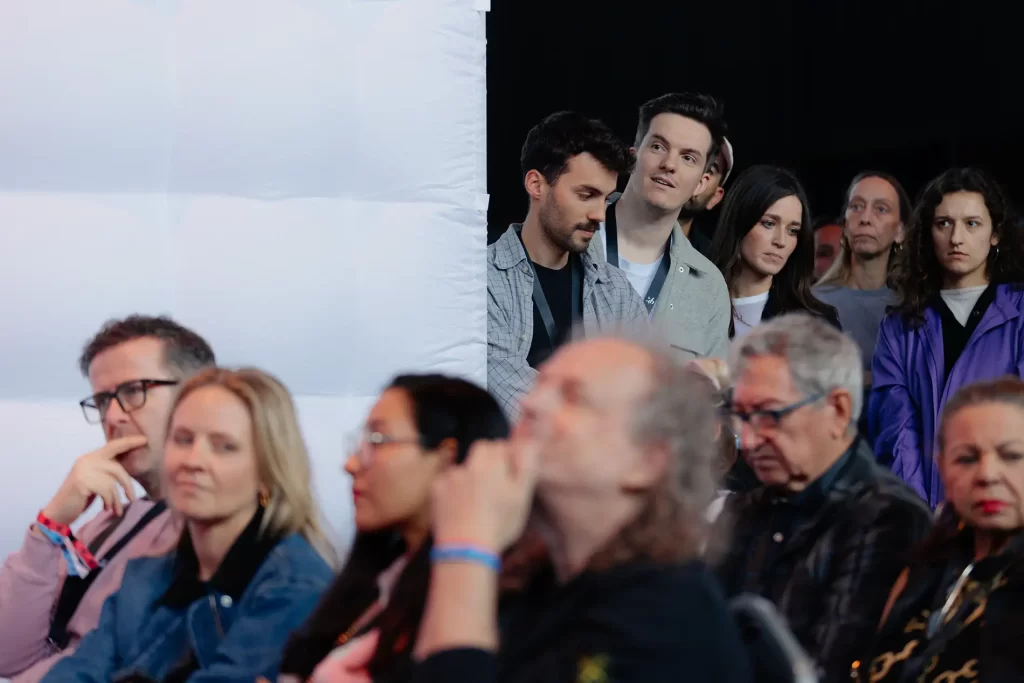
Design with a backbone
Examples? The "Penny Price Packs" by Serviceplan are not just promotional special packaging, but a radical commentary on social reality - directly on the shelf, directly in everyday life. Or the "FC Sans Pauli" font family by Karl Anders, which gives FC St. Pauli its own typographic backbone - both visually and ideologically. And "Am I?" by Elastique. poses the AI question not as a tool question, but as an aesthetic scenario - with a poetic robot installation that neither instructs nor worries the audience, but makes them think. What these projects have in common is that they rely on design as a cultural practice. And they show that design is not just a means to an end, but a vehicle for attitude, context and responsibility.

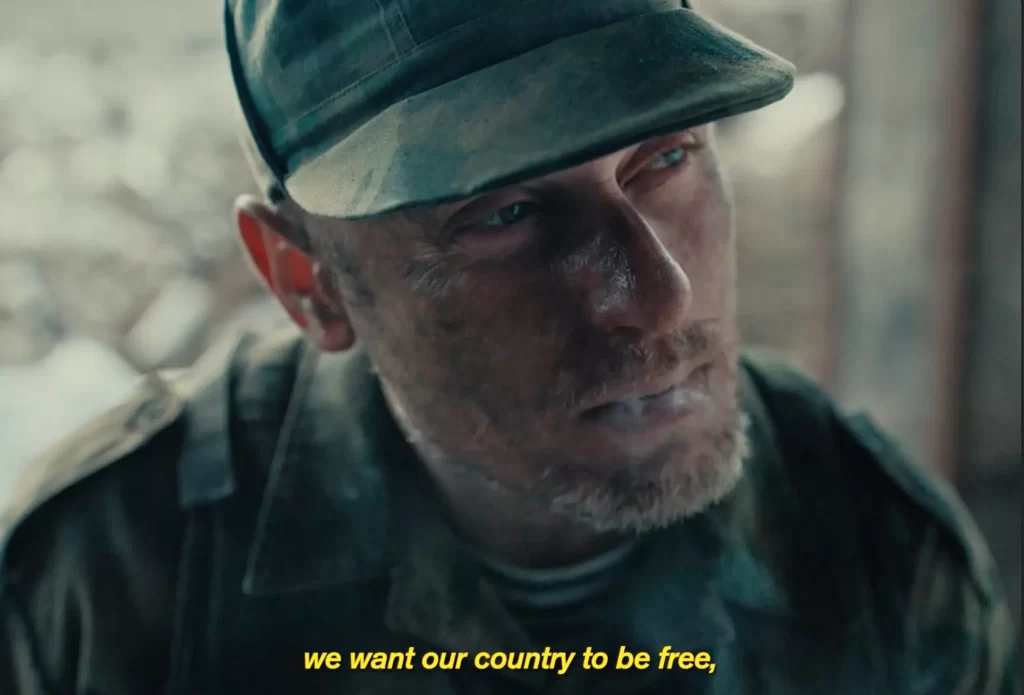
Grand Prix for "The First Speech" and "Solomiya Magazine - No.3"
Two of the most concise Grand Prix of the ADC 2025 combine political relevance with creative consistency. "The First Speech" by INNOCEAN Berlin for Reporters Without Borders is based on the first official inaugural speeches of authoritarian leaders - Putin, Maduro and Erdogan. These original promises are contrasted with images of hopeful citizens - exposing the painful break between words and reality through reduction and brilliance. The visual language, characterized by an analog cinema feel, manages without show effects - and quietly but impressively unfolds the strength of documentary cinema.
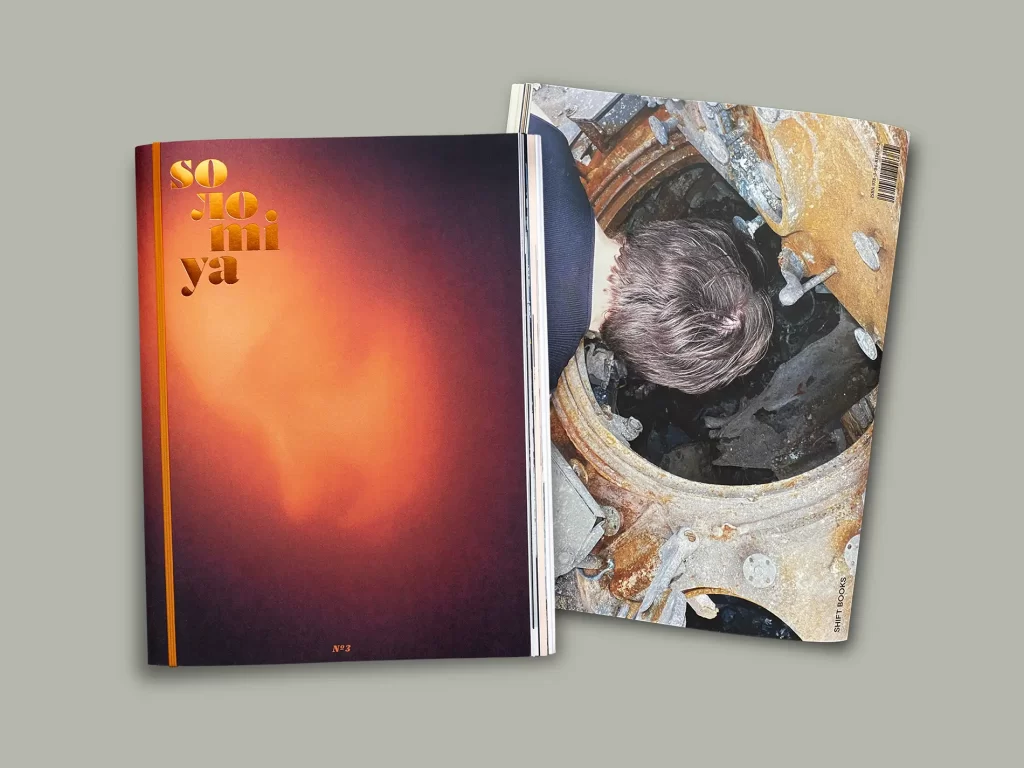

The "Solomiya Magazine - No. 3" designed by the Scrollan collective tells the story of Ukraine at war - raw, emotional, yet with high-quality graphics. As a printed contemporary document, it impresses with a visual grammar that depicts turmoil, hope and despair in equal measure. Without bold symbolism, the magazine creates closeness - and anchors design as a medium of experience, not merely as a means of conveying information. It is an example of how editorial design can serve critical narratives by linking design and content so closely that the magazine itself becomes a carrier of solidarity.
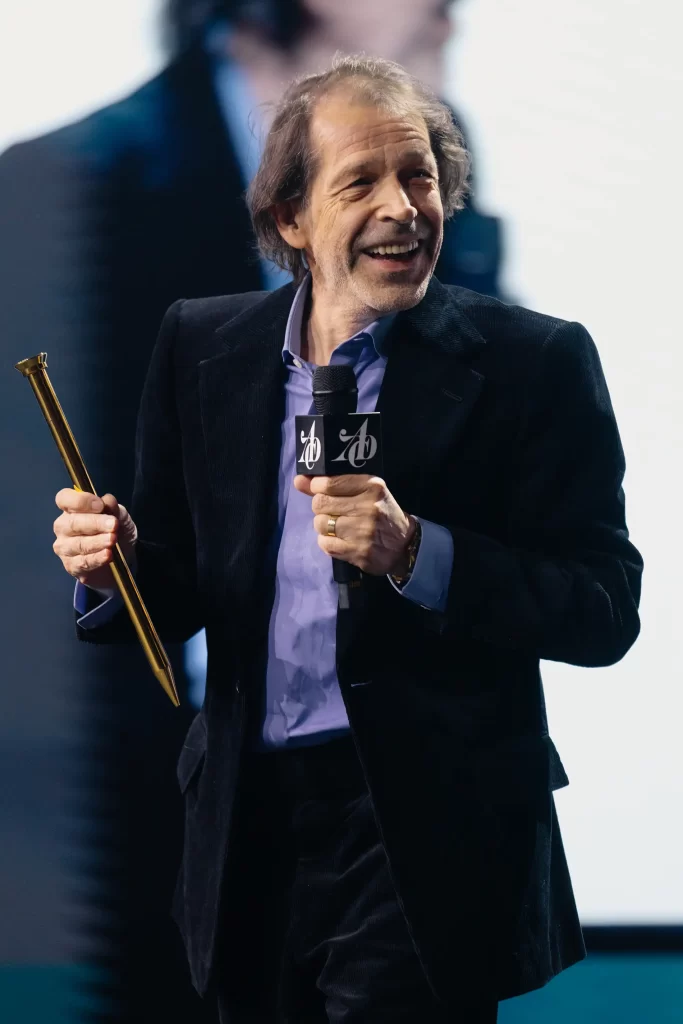
AI: showcase or substance?
It was to be expected that the AI debate would not bypass the ADC. On the Conference Stage, Nicolas Neubert (Runway) and Mieke Haase with her AI artist KOI, among others, provided vivid cases. AI has long been more than just a means of production here - it is becoming a cooperation partner, a style-defining force. But especially in a context as demanding in terms of design as the ADC, the question arises: How can quality even be assessed in AI-driven processes?
It was noticeable that many juries are still in a certain probing phase. The uncertainty as to whether AI aesthetics is innovation or effect pervaded numerous discussions. This is a situation that can only be resolved through a closer examination of technology and design theory. This is a task not only for the ADC, but for design education and criticism as a whole.
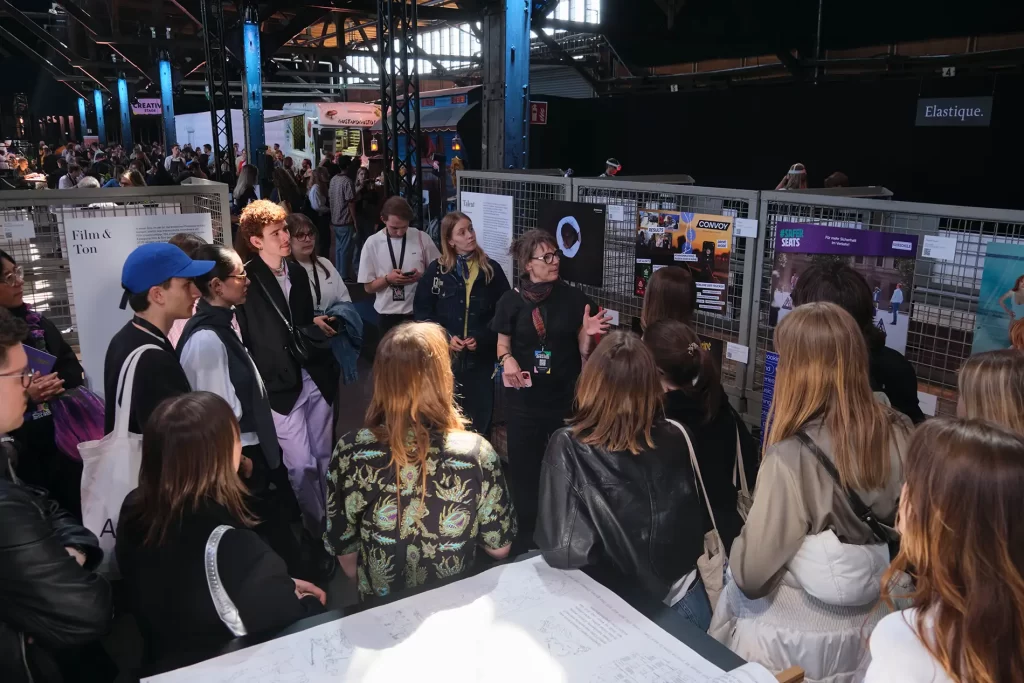
Between buzz and job description
As always, the festival offered a wide range of activities for the next generation: speed recruiting, portfolio checks, workshops. Particularly popular: courses on AI texting, storytelling and female leadership. This is also a signal: the future creative industry is looking for tools, but also for values. Today more than ever, the design profession is confronted with questions of responsibility, meaning and impact. A good idea alone is no longer enough - context, attitude and resonance are needed.
The ADC Festival 2025 thus remains a festival in transition. The desire for renewal is clearly noticeable - as is the balancing act between festival economy and depth of content. In an industry that has to constantly reinvent itself, this is perhaps unavoidable. The decisive factor is whether the creative scene not only acknowledges this change, but also supports it. Because if the ADC really wants to "change the world with creativity", then it needs more than just stages and buzz. It needs discourse, quality - and an understanding of design that is more than just packaging.
Images: © Kevin Mohr / Paul Feuerboether / Art Directors Club for Germany
More about the Art Directors Club for Germany
We regularly report on our favorite projects from the Talent Awards, for example in issue 05.24 "Haptics & Print"
The next big event at the ADC is the ADC Design Conference on October 20 in Stuttgart
